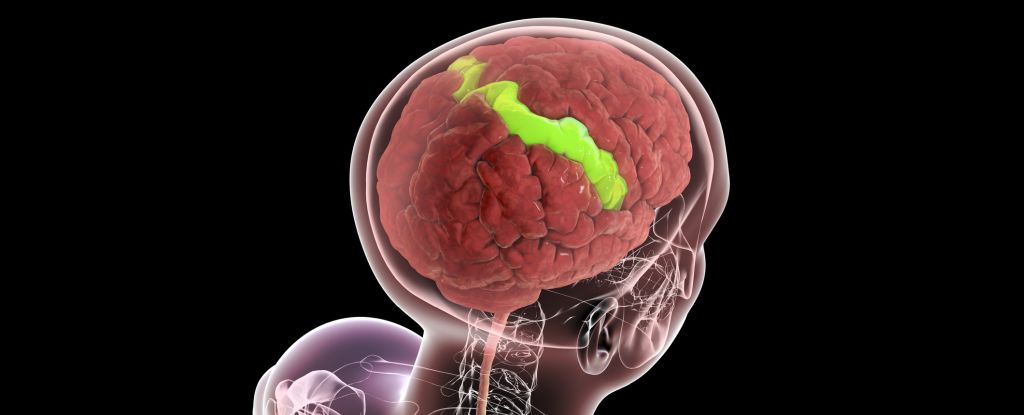
Recent research challenges the common belief that brain function declines as individuals age. A study conducted by a team at Otto von Guericke University Magdeburg in Germany highlights that certain regions of the brain can actually grow stronger over time. This new analysis focuses on the somatosensory cortex, the area responsible for processing sensory information, revealing that some layers of this region can thicken with age.
Neuroscientist Esther Kühn from the German Center for Neurodegenerative Diseases and the Hertie Institute for Clinical Brain Research explains that the primary somatosensory cortex is composed of multiple thin layers, each with distinct functions. The research demonstrates that while the overall cerebral cortex may thin with age, certain layers remain stable or even increase in thickness. “We see evidence for neuroplasticity, that is, adaptability, even in senior people,” Kühn states.
The concept of neuroplasticity refers to the brain’s ability to reorganize itself by forming new neural connections throughout life. While it was generally accepted that this capability diminishes as one ages, the findings suggest that engaging with the environment can maintain and even enhance brain function in older adults.
To investigate these age-related changes, the researchers utilized high-resolution MRI brain scans on 61 individuals aged between 21 and 80 years. The study specifically examined the primary somatosensory cortex, which serves as a gateway for tactile sensory information. Interestingly, the results showed that some layers of the cortex presented differently based on age. While some lower layers were thinner in older adults, the middle and upper layers were found to be thicker compared to their younger counterparts.
“The middle layer is effectively the gateway for haptic stimuli,” Kühn explains. “In the upper layers, further processing of sensory stimuli occurs.” This indicates that the brain’s adaptability is linked to the frequency of sensory interaction. The lower layers, responsible for modulating tactile signals, were less engaged in older participants, leading to a reduction in thickness.
The research team hypothesizes that the old adage “use it or lose it” applies here. The middle and upper layers are consistently stimulated by external sensory experiences, resulting in greater retention and enhancement of those layers. “I see our findings as an indication that the brain preserves what is used intensively,” Kühn adds.
Interestingly, although the lower layers showed signs of shrinkage, they may adapt by increasing their myelin content in response to cellular changes. This is indicative of the brain’s ability to compensate for loss and maintain functionality. The researchers are optimistic that future studies may identify methods to support these adaptive mechanisms further.
The study has been published in Nature Neuroscience, contributing to a growing body of evidence that suggests positive engagement with the environment can promote brain health and potentially influence the aging process. “It’s an optimistic notion that we can influence our aging process to a certain degree,” Kühn concludes, emphasizing the importance of continued mental and sensory activity throughout life.





